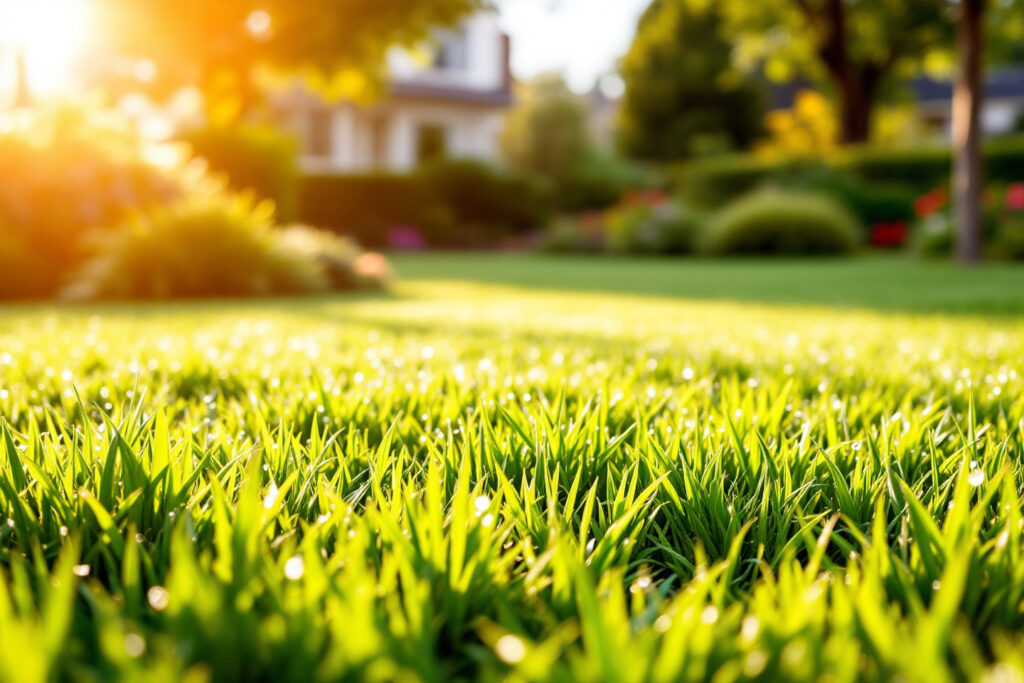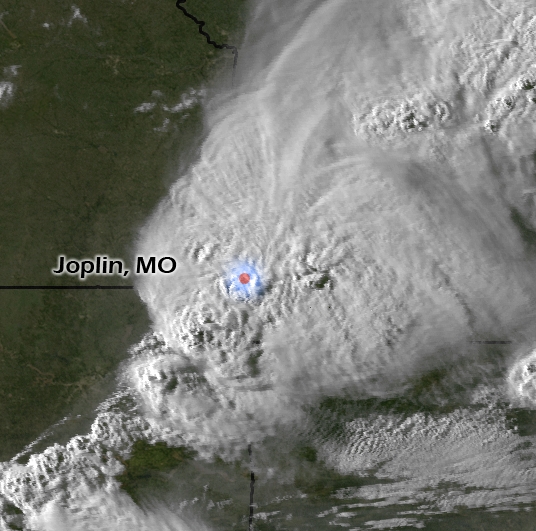Honestly, when I first moved into a single house, I had no idea lawn care was this complicated. I thought if you watered it every now and then, the grass would just grow and stay green. Easy, right?
But then I looked across the street and saw my neighbor’s yard lush, perfectly trimmed, the kind of lawn that looks like it should be on the cover of a home & garden magazine. Meanwhile, mine had brown patches, uneven growth, and… let’s just say it wasn’t exactly Instagram-worthy.
That’s when I realized: not all grass is created equal. There are different types of lawn grass, and each one has its own personality, some like sun, some love shade, some grow fast, some are divas in disguise.
So if you’re like me and want to figure out why your lawn isn’t thriving or just want to make it the best-looking one on the block, this guide is for you.
Let’s take a look at the most popular grass types, how to care for them properly, and how to keep your yard healthy and green, all year long.
Part 1: What Kind of Grass Is on Your Lawn?
Let’s start by identifying the five most common lawn grasses, because lawn care isn’t one-size-fits-all.
| Grass Type | Best Region | Strengths | Watch Out For |
|---|---|---|---|
| Kentucky Bluegrass | Northern U.S. | Soft, lush, self-healing | Needs lots of water & sun |
| Bermuda Grass | Southern U.S. | Tough, heat & drought tolerant | Turns brown in winter, spreads fast |
| Fescue (Tall/Red) | Transition zones | Shade & drought tolerant | Can thin out without overseeding |
| St. Augustine | Gulf states, Florida | Salt, shade, and heat tolerant | Doesn’t like cold, pest-prone |
| Zoysia | South & transition zones | Dense, beautiful, low water need | Expensive & slow to grow |

Part 2: Choosing the Right Grass for Your Lawn
🌎 Match Your Grass to Your Climate
- Cool-season grasses (Kentucky Bluegrass, Fescue) thrive in areas with cold winters and moderate summers
- Warm-season grasses (Bermuda, Zoysia, St. Augustine) love hot climates and mild winters
📌 Not sure what you have? Look at blade texture, color, and growth patterns or bring a sample to your local extension office.
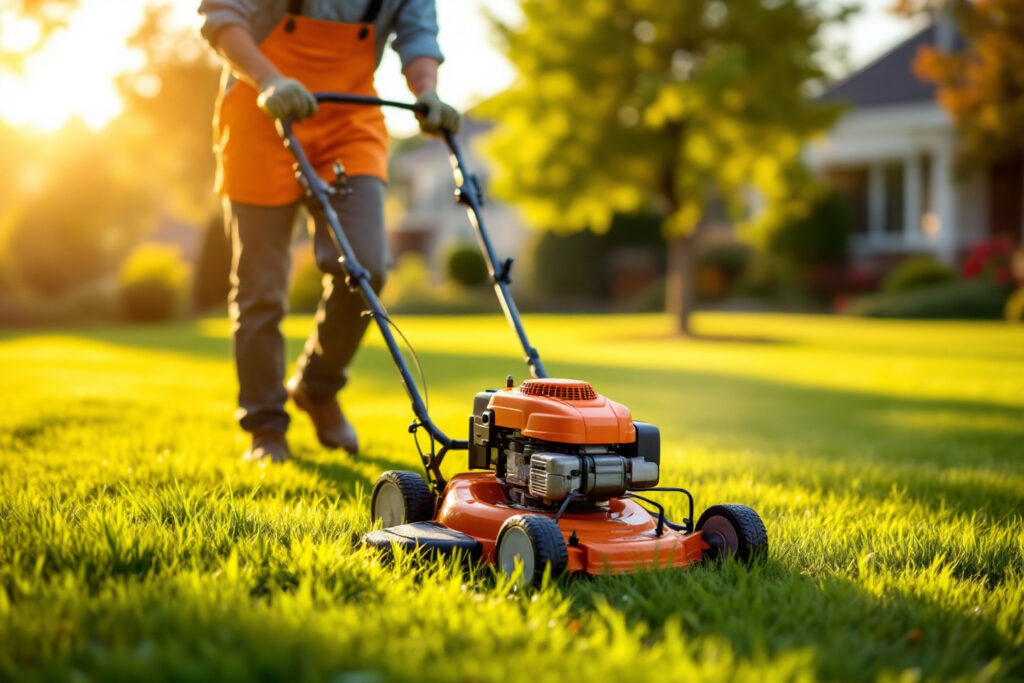
Part 3: Lawn Care 101 – What Every Homeowner Needs to Know
📆 1. Mowing Best Practices
- Never remove more than 1/3 of the blade height in one cut
- Sharpen your mower blades at least 2–3 times a season
- Keep the height higher in summer to shade the soil and reduce evaporation
- Leave clippings on the lawn (“grasscycling”) to return nutrients to the soil
💦 2. Watering Wisely
- Water deeply but infrequently: 1–1.5 inches per week, including rainfall
- Early morning (before 10 AM) is ideal to prevent evaporation and fungal growth
- Overwatering leads to shallow roots, disease, and weed growth
🌾 3. Fertilizing the Right Way
- Use slow-release fertilizers to avoid shocking the grass
- Apply based on your grass type’s growing season:
- Cool-season: Fertilize in fall and early spring
- Warm-season: Fertilize in late spring and summer
- Too much nitrogen = lots of mowing, more disease risk
🔁 4. Aeration & Dethatching
- Aerate once per year (fall for cool-season, spring for warm-season grasses) to reduce soil compaction
- Thatch is a layer of organic debris; dethatch if it’s more than ½ inch thick
- Aeration boosts water, air, and nutrient absorption
Part 4: Seasonal Lawn Maintenance Calendar
| Season | Tasks to Complete |
|---|---|
| Spring | Rake debris, apply pre-emergent weed control, light fertilizing, repair winter damage, overseed if needed |
| Summer | Water deeply, mow higher, monitor for pests & fungal diseases, minimal fertilization |
| Fall | Core aeration, overseed (cool-season), apply fall fertilizer, remove leaves regularly |
| Winter | Clean tools, service mower, avoid lawn foot traffic in frost, plan next year’s improvements |
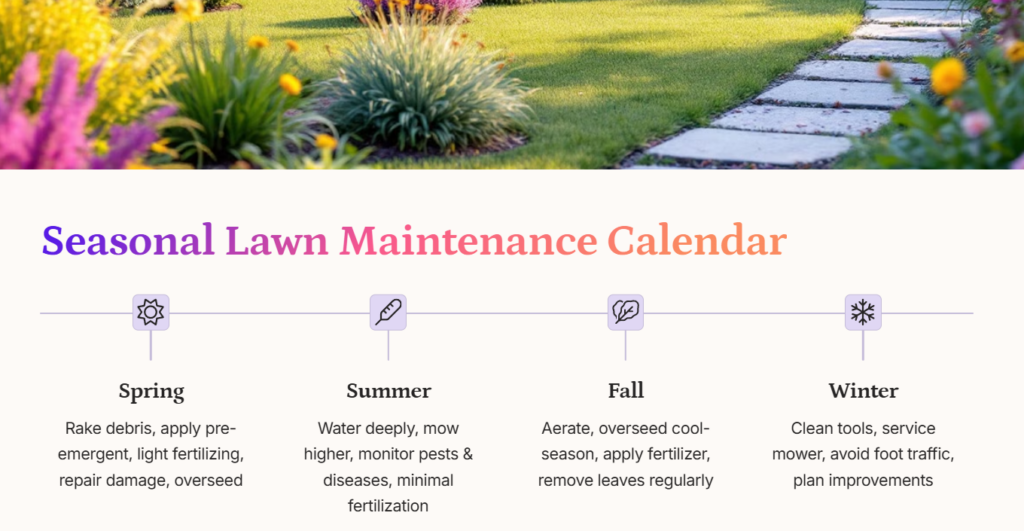
Part 5: Common Lawn Enemies – Know Them to Beat Them
😱 Weeds
- Crabgrass thrives in thin lawns use pre-emergents early spring
- Dandelions indicate low soil calcium
- Clover may be a sign of nitrogen deficiency

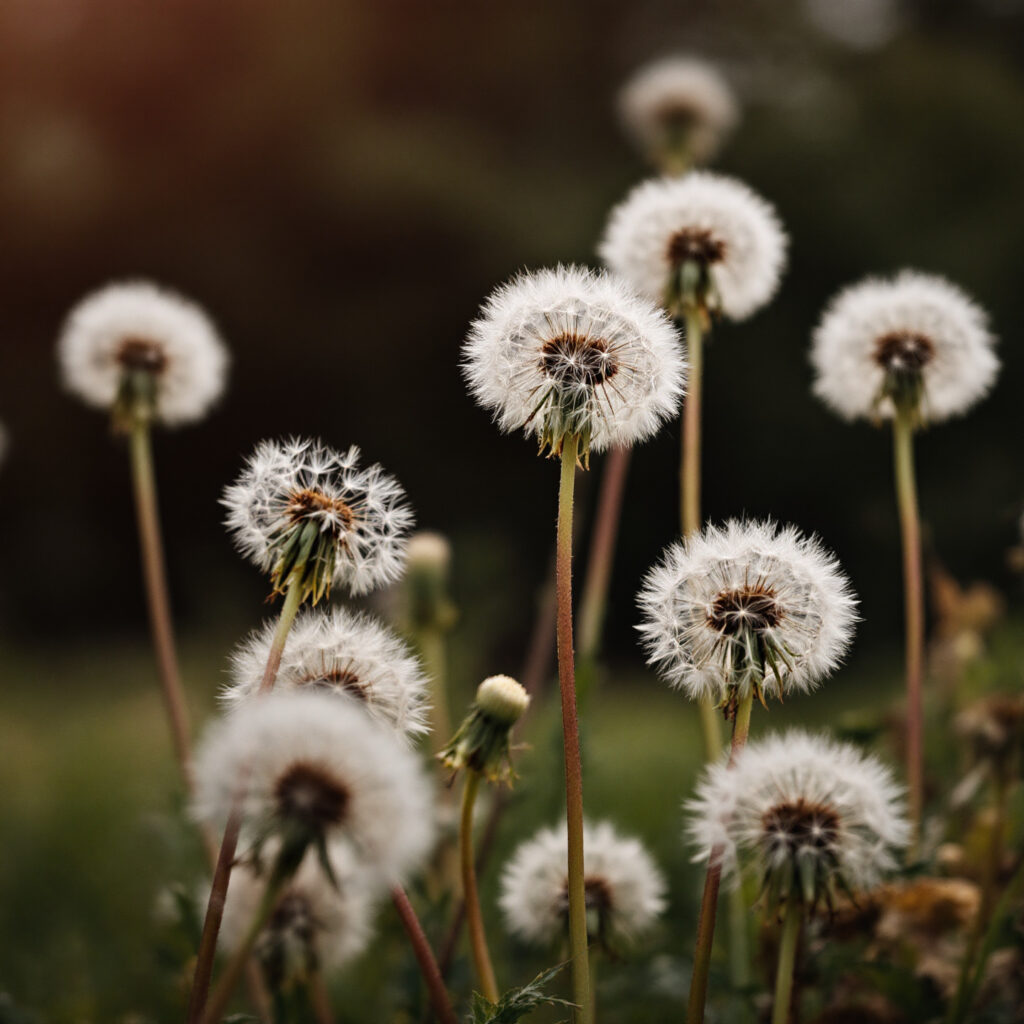

🐛 Pests
- Grubs (beetle larvae) chew roots; apply grub control early summer
- Chinch bugs, armyworms, and sod webworms are more common in warm-season lawns
🍄 Fungal Diseases
- Brown patch, dollar spot, and powdery mildew often occur in humid or overwatered lawns
- Improve airflow, reduce watering, and apply fungicide when needed
Part 6: Eco-Friendly Lawn Tips (Bonus!)
Want to enjoy a beautiful yard without overusing water, chemicals, and fuel?
✔ Choose native or drought-tolerant grasses
✔ Leave grass clippings on the lawn
✔ Use organic fertilizers and compost
✔ Water with rain barrels or smart irrigation
✔ Consider converting part of your lawn to a pollinator garden or low-maintenance groundcover

Your Lawn Is More Than Just Grass
It’s a living ecosystem, a personal pride project, and even a neighborhood statement. Whether you’re going for that golf-course aesthetic or a laid-back, sustainable landscape, the key is to understand your grass type, meet its needs, and work with nature.
The best lawn is the one that fits your climate, lifestyle, and values. And yes, the greenest grass really is where you water and care for it. 🌳
